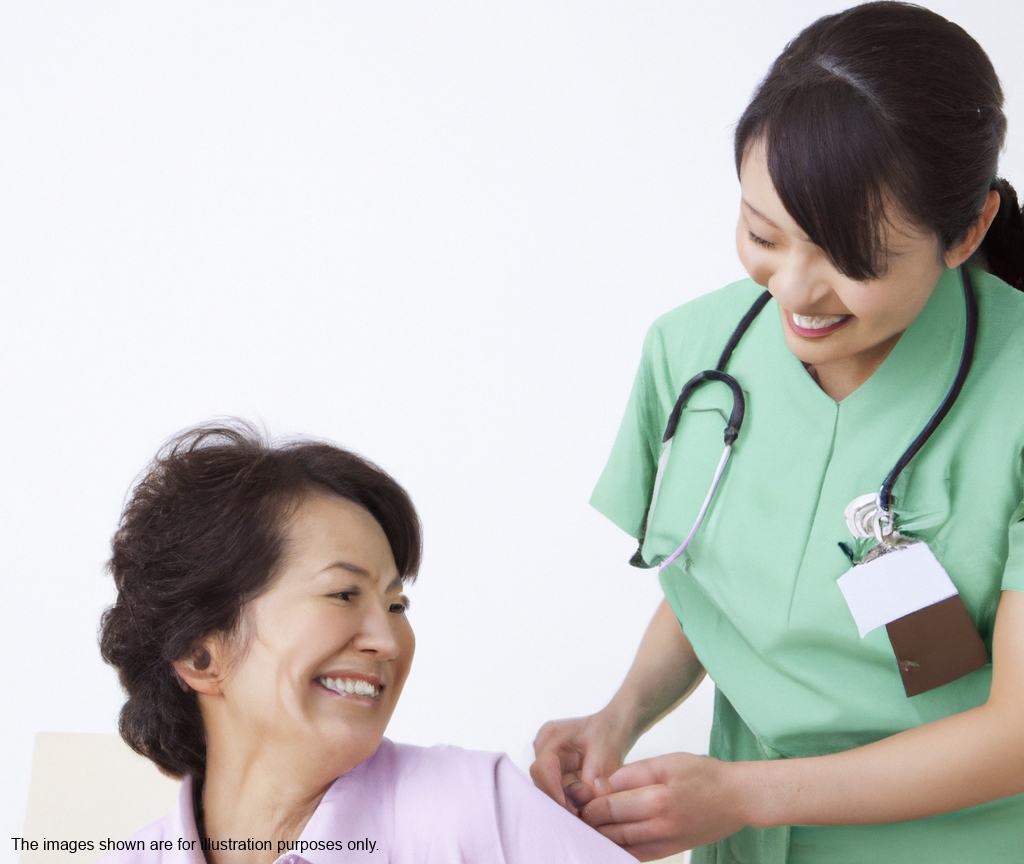Rehabilitation

Introduction
As the nation progresses towards becoming a developed country, the incidence
of disability is also increasing due to the expansion of industrialization.
Industrial accidents, road accidents, and the prevalence of various
disabling conditions contribute to this rise in the number of disabled
individuals in Malaysia.
Many of these disabled individuals belong to productive age groups and have
the potential to contribute to the economic and social advancement of the
country. Advances in modern medical technologies have saved numerous lives
and enhanced the quality of life for survivors living with disabilities.
Witnessing the success of rehabilitation services in developed nations in
reintegrating disabled individuals into society has prompted the Ministry of
Health to initiate and develop rehabilitation medicine services in Malaysia.
The Rehabilitation Services at Hospital Kuala Lumpur initially commenced
within the Orthopaedic Department in 1970, primarily focusing on orthopaedic
cases at that time. Managed by a foreign specialist contracted by the
Ministry of Health, this department gradually expanded its scope. In 1996,
the Ministry of Health officially established the Department of
Rehabilitation Medicine to extend services to facilities such as PLPP Bangi
(a vocational center for the disabled), Putrajaya Hospital, Hospital
Serdang, and Hospital Kuala Lumpur.
In April 2007, in response to the growing population of individuals with
disabilities, the Department of Rehabilitation Medicine at Hospital Kuala
Lumpur, with the Ministry of Health's support, inaugurated the first
rehabilitation ward services in Malaysia, boasting the largest bed occupancy
in the country.
Services
1. Amputee Clinic: Providing personalized consultations to amputees
regarding prosthetic suitability, stump care education, and preparation for
artificial limb usage.
2. Pediatric Clinic: Offering assessment and non-surgical remedies for lower
limb and spinal deformities in children using orthotics. Additionally,
running a spasticity clinic to assess and treat spasticity in children.
3. Spinal Cord Injury Rehabilitation: Collaborating with the Orthopaedic
Unit, providing specialized care in a dedicated spinal ward, including
education, counseling, and support for reintegration into society.
4. Stroke Rehabilitation: Collaborating with the Neuromedical Unit to
evaluate stroke patients' function and medical needs, offering supportive
treatments, and educating both patients and families.
5. Pressure Ulcer Clinic: Assessing wounds, providing wound care education,
and referring for surgical intervention if necessary.
6. Other services: Conducting physical evaluations for disabled individuals
applying for driving licenses, providing consultations and recommendations
for aids, equipment, and housing modifications approved by CIBD.
Contact Information
Tel: 603 - 2615 5555 Ext 7098/7099
Fax: 603 - 2693 4384
Email: rehab@hkl.gov.my
folder_open Hospital Kuala Lumpur